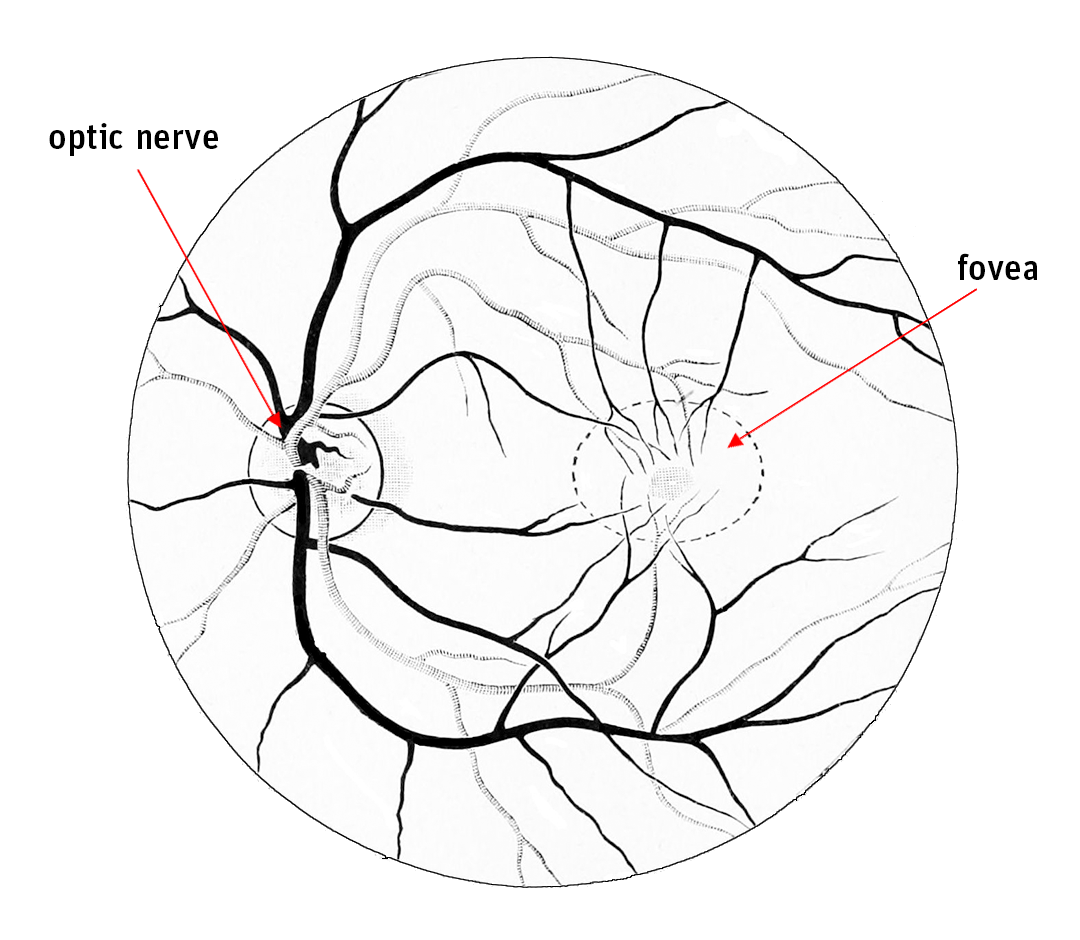Optical Illusion and Human Perception
The computer-human interface(CHI) is a topic that is of interest to engineers. It is an interaction between the human and machine world. Medical diagnostic companies are doing extensive research on this and Neuralink wants to redefine the way humans take input from machines. An ample study has been done to make the interaction intuitive to humans while the machine does the computing. The invention of GUI and mouse by Xerox PARC is still used as the default intuitive method for man-machine interaction. Even after the floppies have been replaced, its symbol is still used as a saving symbol for humans that have no idea what the symbol is of. It is interesting how the human mind conditions itself quickly around computers with no reference from older memories and without questioning why some things are done in a specific way.
The first man-machine interaction was demonstrated by Dr. Ivan Edward Sutherland in 1962. Here is the footage, notice that nothing has changed since then and the quality of such interaction is still expensive to this day. Going through what the scientists have to say about such interaction, it becomes important to understand how vision works and if everyone similarly perceives the same object. If not why? How the industry leverages such shortcomings to fulfill its business goals.
Optical illusion
Make a card as shown in the image. Hold it at eye level arm away from the eyes.
 source
source
Gradually move eyes towards the card with the left eye closed while concentrating on the cross alone. Observe how the dot becomes blurry with a moment where it vanishes completely. There the dot reappears. The new dot observed is a creation of the mind and is not visible to the right eye.
How do we see things?
We have brilliant brains but poor eyes. Our eyes have blood vessels in front of the light-detecting cells. Our brain has to filter out even those. Most light-sensitive cells are present in the area called the fovea. The area further back is called a blind spot where there are no light receptors. When we move the eye towards the dot, light falls in the region in this blind spot. The brain recreates the possible image of the object based on intuition/conditioning.
 source
source
Yatha Drishti Tatha Shristi
This phenomenon has been captured in thousands of years old Hindu philosophy
यथा दृष्टि तथा सृष्टि
The above phrase in Sanskrit means “as is the vision, so is the creation.” This means that if we have a vision, that vision will be reflected in our actions, and these actions will result in the creation of our reality. So, vision is not just an ideal or a fantasy. It is the seed of action, which, in turn, leads to creation.
Kant
2 Millenia ago, Kant too postulates along similar lines.
Kant argued that human beings are constantly deceiving themselves about the true nature of reality. He claimed that we can never really know what is real and what is not. We can only know what we experience through our senses.
We live in a metaverse already
We dream all the time even while walking up. It is important to understand how a conditioned mind fools us by making up stories in our heads. That said the alternative truth exists and we should care more about its existence while creating notions in our minds.
Conclusion
Since we live in our realities, corporates pump in a huge amount of money to analyze how we react to stimuli offered to us on social media and other software. They do have a general observation of how much percentage of a population responds to UI/UX. These small yet non-functional elements can become a deal breaker for software. A study of general theory on colors and human psychology can give an advantage to creators.